(Video link here.) On TV last week, we caught a compelling video made by The Guardian about artist Vik Muniz’s recent work. Over three years he traveled to his native Brazil to photograph “catadores” – pickers of recyclable materials – who comb daily through Jardim Gramacho, the world’s largest garbage dump, located on the outskirts of Rio de Janeiro. Muniz’ plan was to make artworks of the catadores’ images using garbage from the dump itself, then photograph the works and sell them at auction, giving the proceeds back to the impoverished pickers.
In the course of the project, Muniz entered into a surprising collaboration with some of the pickers, who display stunning dignity, originality and awareness about their work. In transforming images of the pickers into art, Muniz helped them reimagine their own lives.
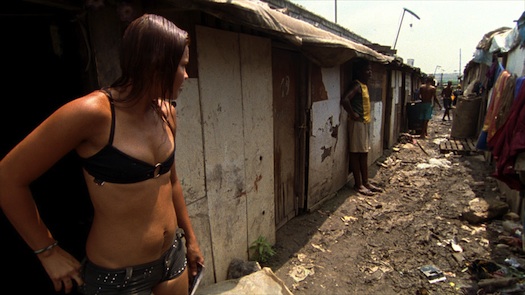
We’ve searched in vain for the Guardian video which appears to be a distillation of the critically-acclaimed feature film about the project, Waste Land. The film’s trailer, above, gives the gist but is rife with cliches about transformation and the human spirit. The video we saw was not, nor were clips from the film we watched on YouTube.
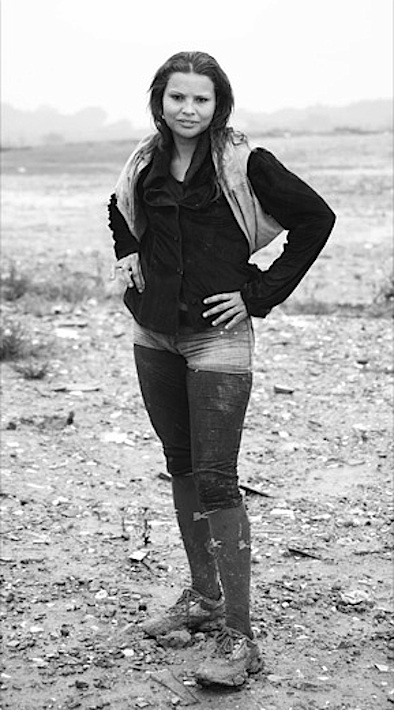
It seems that the film IS about transformation, a recurring theme in Muniz’s work, as well as complex social/societal issues of consumption, recycling, and the impact on real people’s lives. Which is why we are going to rent or buy Waste Land on Amazon or iTunes.
We also recommend checking out film maker Lucy Walker’s vividly-described piece in the The Guardian about her first visit to Jardim Gramacho.
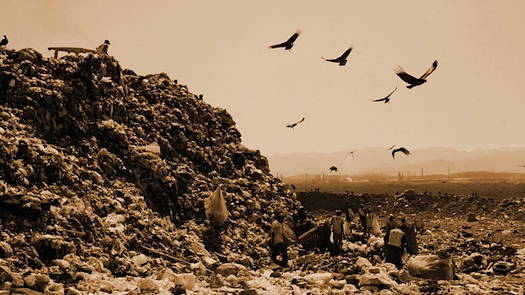
Related posts: origami made of anything (vic muniz’ birds of a feather)
citizen architect samuel mockbee
skateistan: skateboarding as antidote (to war, poverty, sadness…)
invent to thrive: plastic bottles of daylight


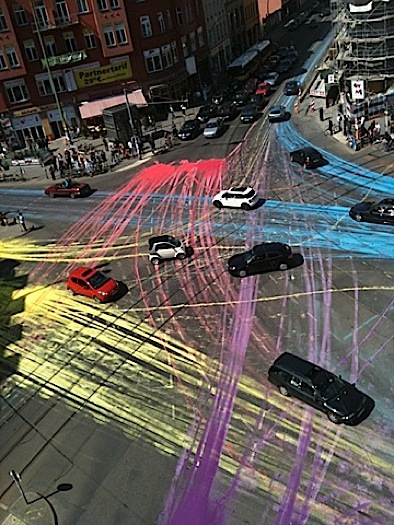
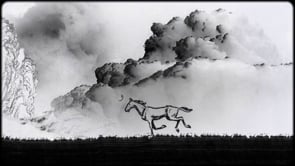
omg. thankyou ,thankyou for posting this. immediately bought it for my partner – who was the one to first tell me about this dump and who knows about it because of her many friends from brazil. this will be an incredible christmas present for her.